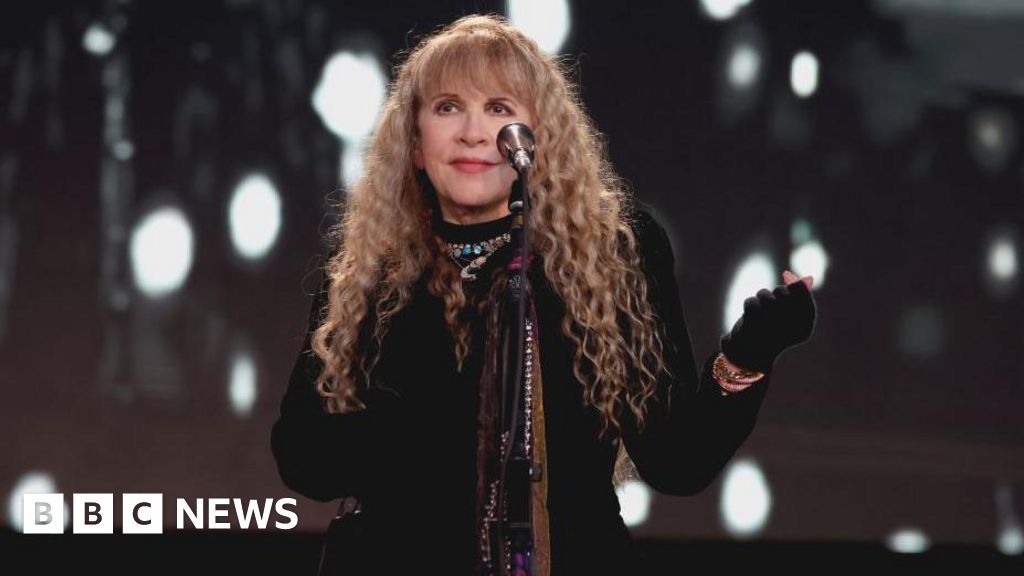Ecuador’s war against black market weapons

By Alexandra Valencia
QUITO (Reuters) – The weapon – a 9mm pistol – left a trail of violence even by the standards of one of Ecuador’s most dangerous neighborhoods, the Nueva Prosperina district of Guayaquil.
Cartridge casings from bullets fired from the weapon, found in 27 different locations, are linked to 34 deaths, according to a police forensic department. A police forensic department official told Reuters that authorities believe the pistol is still lying on the street.
The devastation attributed to a single firearm is an example of the challenges President Daniel Noboa faces in tackling the explosion in violent crime and murders since 2020, fueled by a sharp increase in weapons smuggling during the same period, many of them from the United States. Ecuador recorded 7,994 murders last year, a nearly sixfold increase since 2020.
Reuters was the first media organization to gain access to the police tracking operations, a key element in Ecuador’s fight against crime. Tracing the origins of bullets and weapons can help authorities cut off smuggling routes and collect the forensic history of illegal weapons for future prosecutions, police said.
But it is slow work.
Of the more than 40,000 weapons seized since 2019, only 900 have been traced, Major Efrain Arguello, head of a national forensic investigations unit, told Reuters.
The weapon used in Nueva Prosperina may have belonged to or been loaned to five rival drug gangs fighting for control of the district, Arguello said.
Police are investigating murders, robberies and other violent incidents involving the same weapon.
“A weapon linked to 30 crimes means that there is not only an increase in illegal arms trafficking, but also an increase in the circulation or domestic sale of illegal weapons,” said Renato Rivera, head of the research group of the Ecuadorian Observatory for Organized Crime.
The Pacific port city of Guayaquil is a center of drug trafficking and the scene of turf wars between Mexican, Albanian and other foreign cartels that have led to a sharp rise in the murder rate.
In January, Noboa classified 22 gangs – including the five operating in Nueva Prosperina – as terrorist organizations.
Since taking office last November after being elected to finish his predecessor’s term, Noboa has increased funding for the security forces by 6.6 percent to $3.52 billion.
Lack of equipment
But two senior police officials told Reuters that Ecuador was struggling to stop arms smuggling routes from the United States, Peru and other countries in the region due to a lack of funds, forensic equipment and trained personnel.
According to police, Ecuador, a country of 17 million people, has only eight bullet-tracking microscopes and 247 trained technicians.
“We are monitoring the situation with what we have,” Arguello said.
In a small room in the Quito police forensic building, technician Jhony Tapia peered through the city’s only ballistic microscope at cartridge cases and bullets from five weapons used to kill four people in an Amazon bar.
Using distinctive markings on the firing pins of individual firearms, visible under a high-powered microscope, technicians can match bullets to specific firearms or to other bullets from the same weapon.
“The firing pin leaves a trace that is more effective (for tracing) than a fingerprint,” said Lt. Col. Benjamin Molina, head of the National Police’s Weapons and Explosives Trafficking Unit.
Tapia will spend the next few hours examining 126 cartridge cases of various sizes, he told Reuters.
Its results are compared with a national police database of bullets and cartridge cases.
Finding a match is easier if the police also find the gun, so technicians like Tapia can compare the markings on the barrel (called rifling) with the bullet tracks.
Confiscated weapons are compared with international databases of the United States and Interpol.
The forensic experts did not provide any information on whether the weapons were seized in the Amazon case.
Unlike neighboring Colombia, which has been fighting drug smuggling networks for decades, Ecuador was until recently considered one of the safest countries in Latin America – a popular destination for foreign tourists and retirees.
However, due to the increased fight against drugs on the Colombian Pacific coast, drug traffickers shifted their route to Ecuador and the number of violent crimes increased dramatically.
Ecuadorian police have identified seven arms smuggling routes, Noboa’s office said.
Three of these routes run overland through Peru, while a fourth leads to northern Ecuador near the border with Colombia. Police did not say whether the weapons came from there.
Arms trafficking routes from the USA
Three other arms smuggling routes originate in the United States: one by plane from Miami to the coast of Manta, another via Lima and then by land, and a third by sea via the legendary Galapagos Islands, police and Noboa’s office said.
Police said they also found gun parts that had been shipped by courier from Miami or manufactured using 3D printing.
In April, police in the coastal province of Manabi seized a 3D printer that they said had been used to produce up to 20 weapon parts.
Police declined to provide estimates of the price of illegal weapons, but the Ecuadorian Organized Crime Observatory said Glocks and other pistols cost up to $4,000 new and up to $500 used.
Rifles can cost between $8,000 and $15,000, the research group said, while weapons made with 3D printers can be had for $3,000. There is also a market for homemade weapons, it said.
According to police figures, police seized nearly 10,000 firearms across Ecuador last year, more than half of which were revolvers or pistols. That’s almost twice as many as in 2019.
At least a quarter of the weapons detected were purchased legally in the United States, but in general there is no evidence of legal importation into Ecuador, police said.
Authorities have also tracked down at least 36 weapons that were legally exported from the United States to Peru and then smuggled north to Ecuador, said Molina, the head of the anti-arms trafficking unit.
Peruvian authorities told Reuters they raided three companies dealing in black market weapons in March and charged 18 people.
Molina said police are also investigating the possibility that Ecuadorian gangs could trade cocaine for weapons from Mexican cartels.
Since 2022, Ecuador has increased its cooperation with the United States to combat arms trafficking and has access to the U.S. Bureau of Alcohol, Tobacco, Firearms and Explosives (ATF)’s eTrace internet database.
Last year, the ATF tracked more than 500 firearms seized in Ecuador, the State Department and ATF said in a joint statement. In 2021, however, the number was fewer than 100.
However, some analysts say that without a concrete plan to combat arms trafficking, the seizure of firearms and ammunition will remain a secondary issue in the drug crackdown.
“There is no intelligence surveillance process to locate the suppliers and systems and prevent weapons smuggling,” said former Army Intelligence Chief and security analyst Mario Pazmino.
Noboa’s office said that since the president declared war on the gangs in January, security forces had achieved a number of successes in the fight against the arms traffickers, including the seizure of 2,291 weapons.
(Reporting by Alexandra Valencia in Quito, additional reporting by Yury Garcia in Guayaquil and Marco Aquino in Lima; Writing by Julia Symmes Cobb; Editing by Suzanne Goldenberg and Julia Symmes Cobb)



